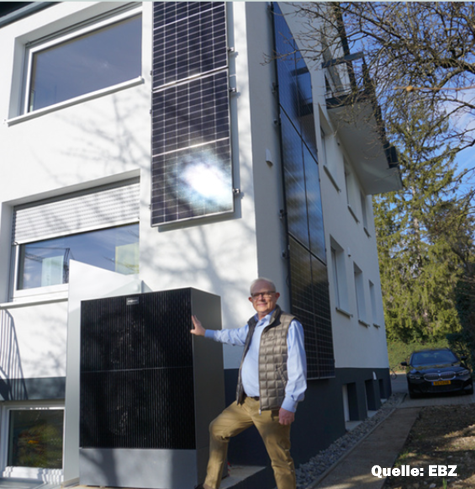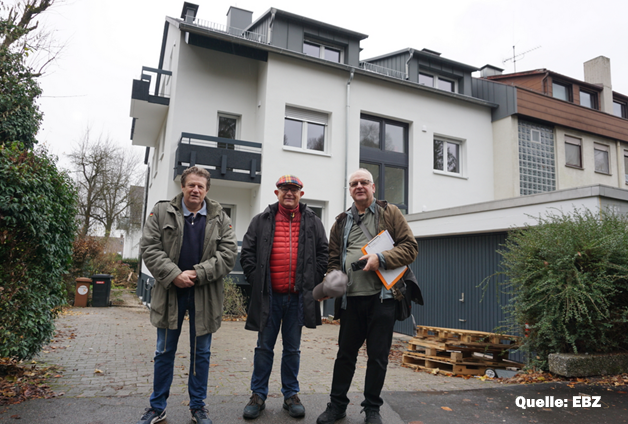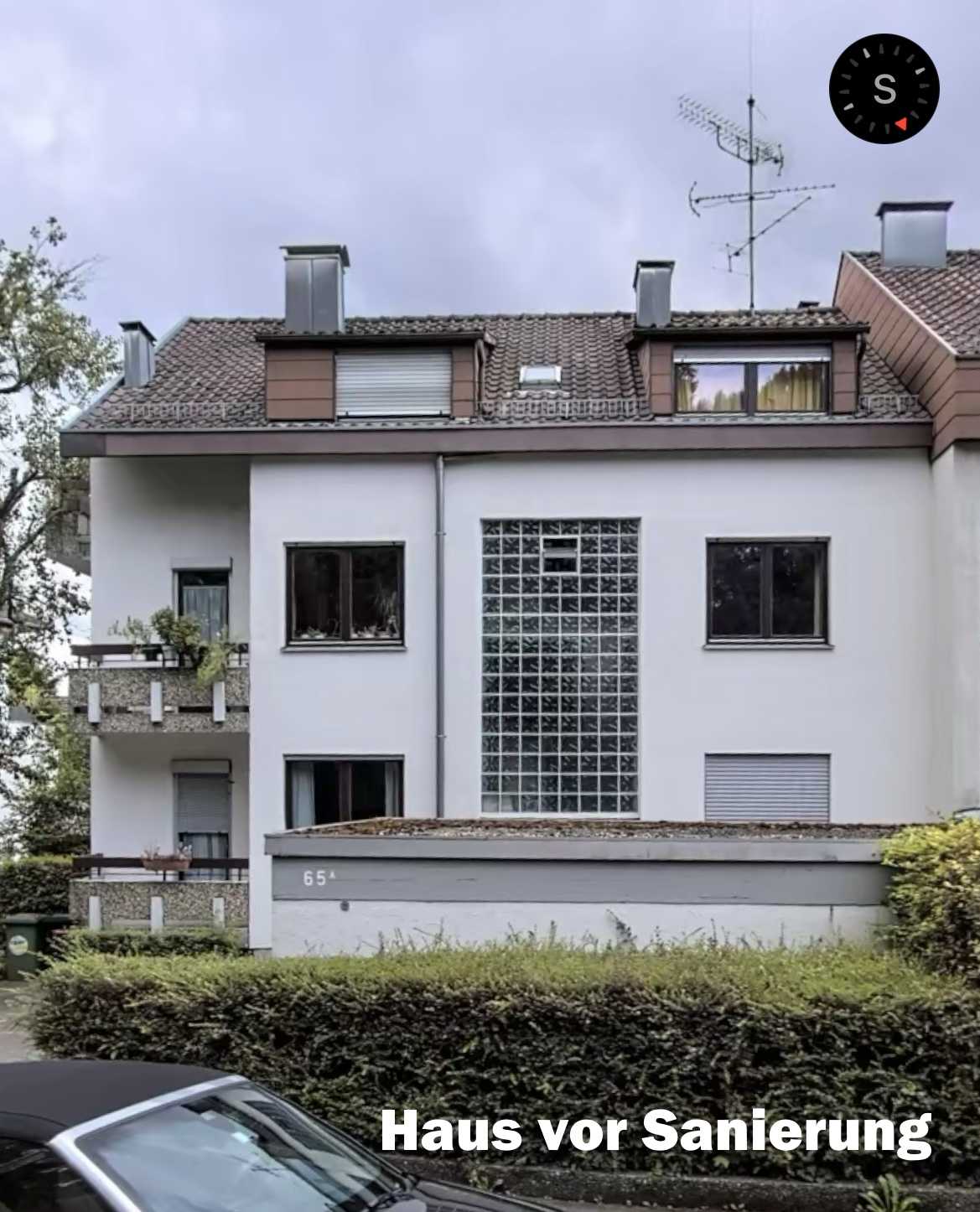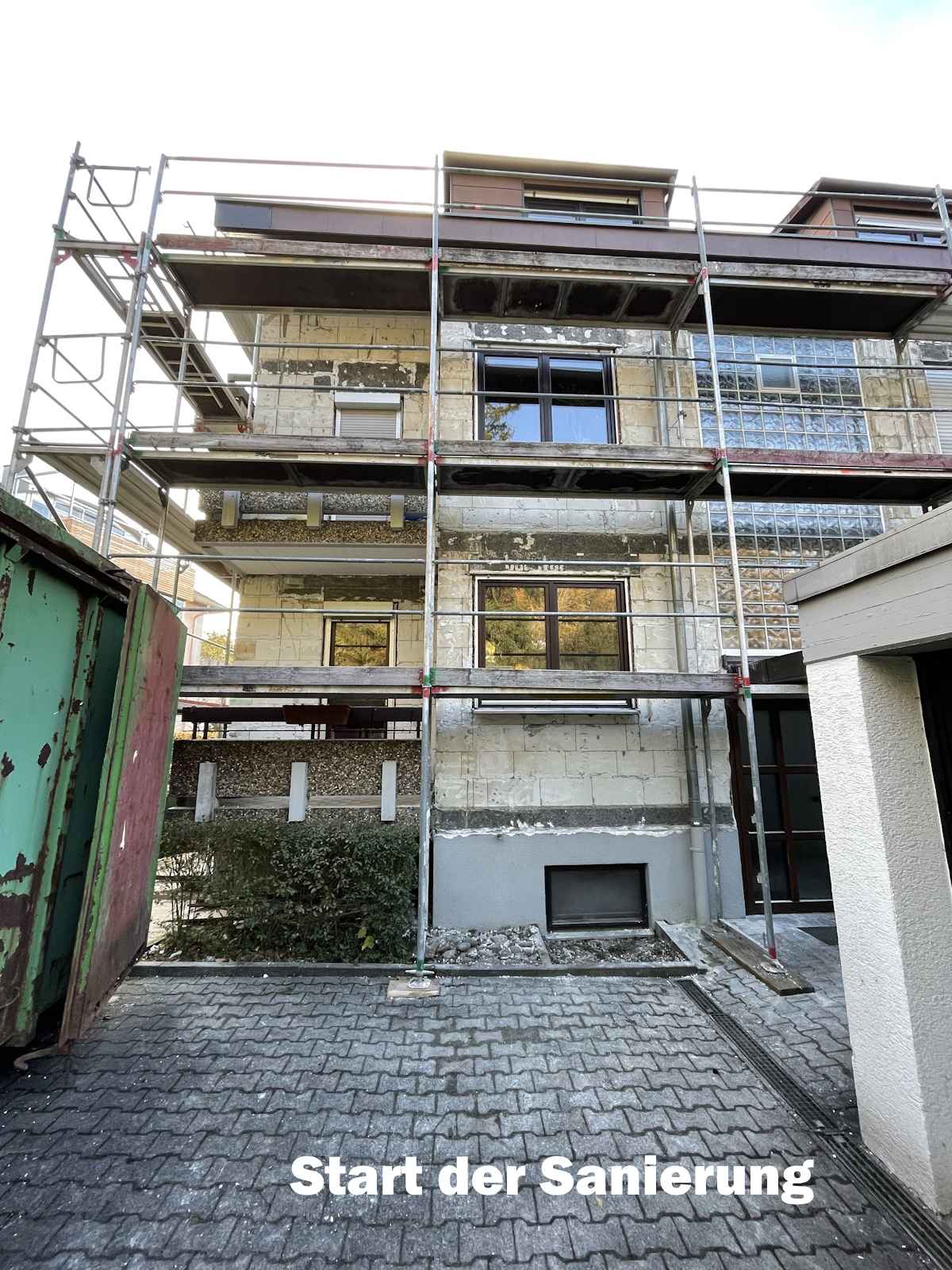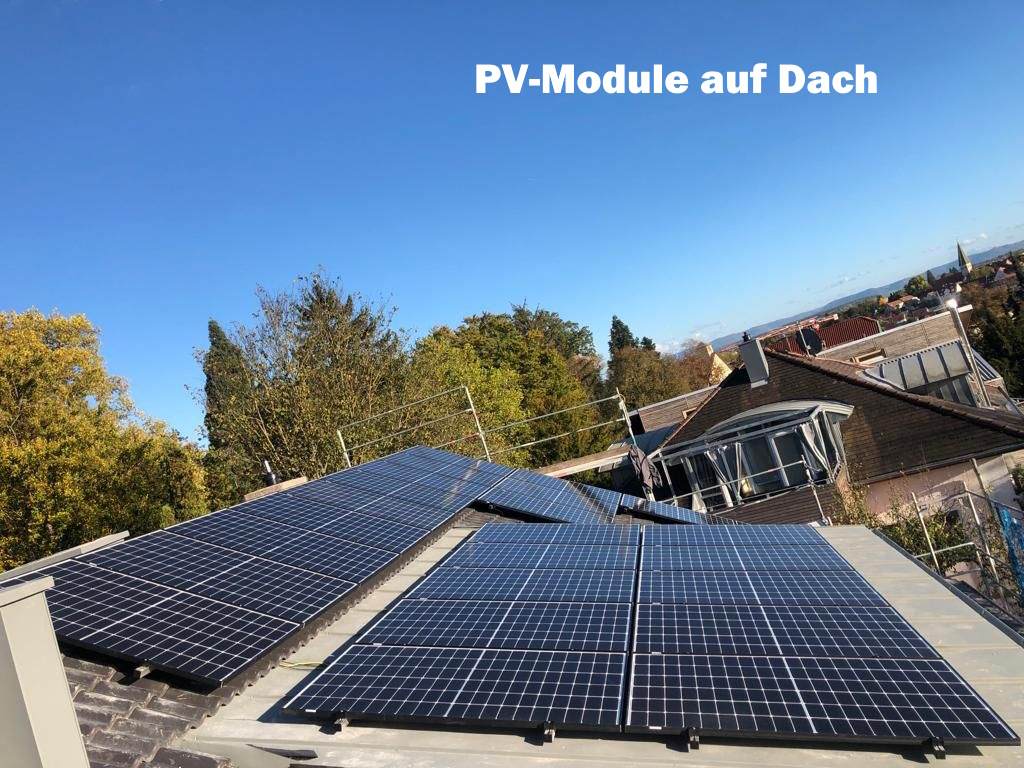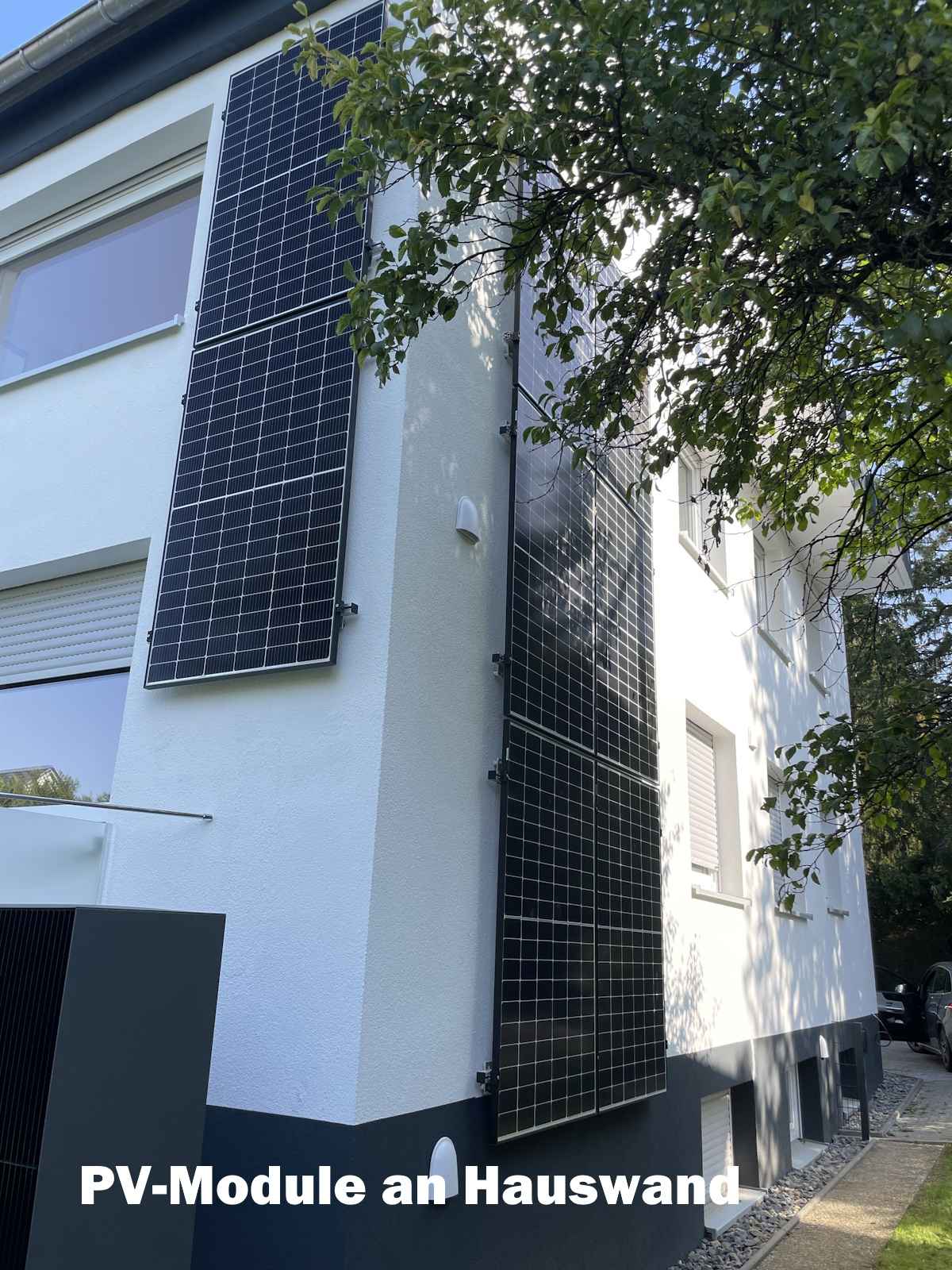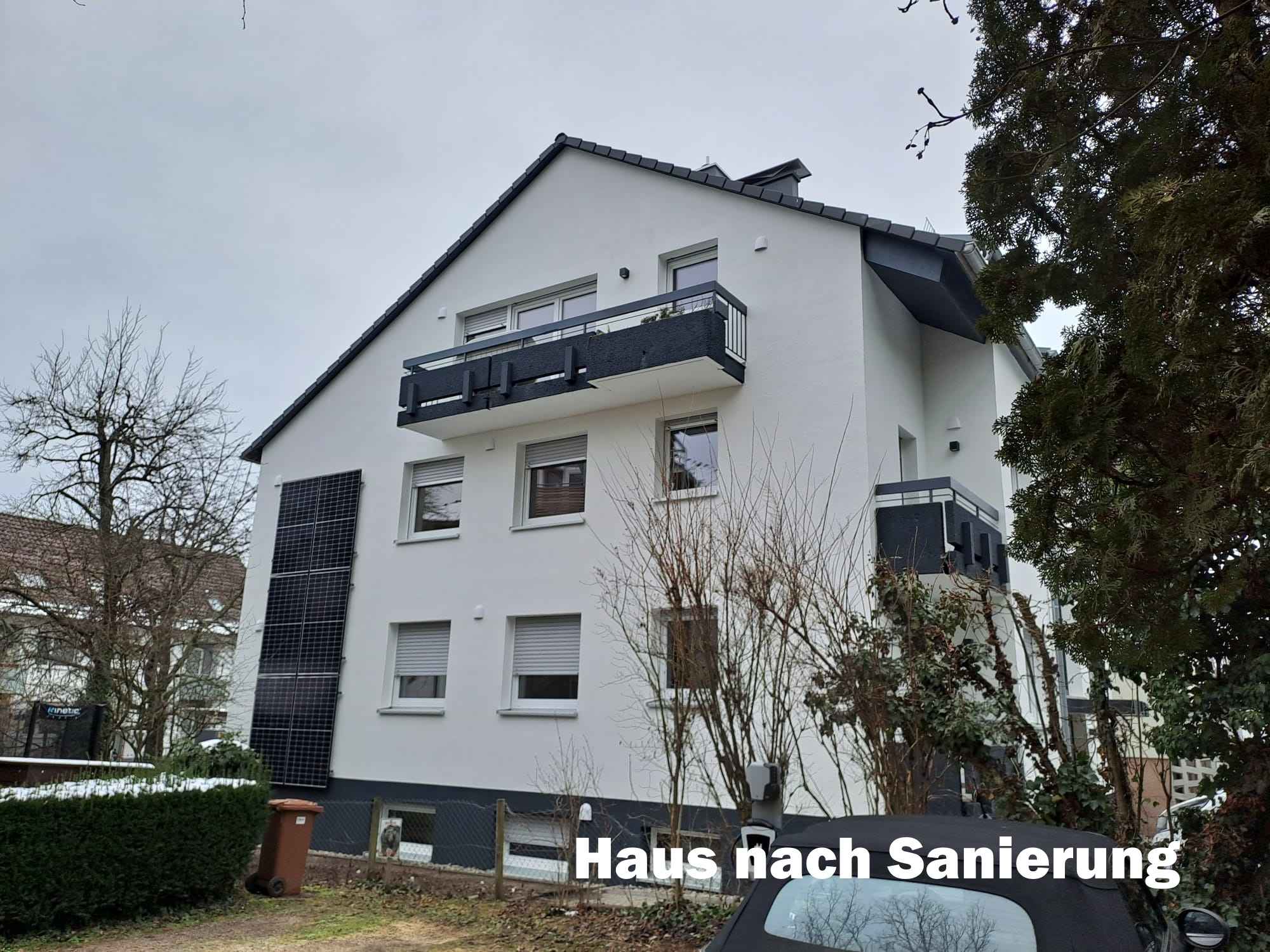Successful building refurbishment in Stuttgart: A best-practice example
Living
The sustainable refurbishment of buildings is becoming increasingly important in today's world. The focus is on reducing energy consumption and lowering CO2 emissions. A great example of successful building refurbishment can be found here in Stuttgart, in the southernmost district of Plieningen, where Erwin Reisch subjected his apartment building from 1974 to a fundamental refurbishment. He was supported in this by the Energieberatungszentrum Stuttgart e. V. (EBZ).
In this article, we want to take a closer look at this best-practice example and show how Mr. Reisch has made his building more energy-efficient and fit for the future. Below you can see a supplementary photo gallery. We also conducted a short interview with Mr. Reisch.
The starting point: An energy challenge
Mr. Reisch's three-story apartment building, built in 1974, faced the typical challenges of older buildings: insufficient thermal insulation, outdated heating systems and high energy consumption. To counteract this and at the same time increase living comfort, Mr. Reisch decided to carry out a comprehensive refurbishment. The EBZ was there to support him in word and deed.
The partnership with the Stuttgart EBZ: Competent advice for sustainable refurbishment
The Stuttgart EBZ is known for its expertise in the field of energy-related building refurbishment. In an interview, Mr. Reisch [source: link] emphasizes how helpful the EBZ's advice was in planning and implementing his renovation. The EBZ team first analyzed the energy condition of the building and, based on this, developed customized renovation proposals.
Three funding programs also provided tailwind - specifically: grant funding from KfW (BAFA), funding from Energiesparprogramm (Stuttgart), funding PV through Solaroffensive (Stuttgart).
The implementation: steps towards energy efficiency
The renovation included various aspects that together aimed to significantly reduce energy consumption and increase the residential value:
- Thermal insulation: effective thermal insulation is the basis for energy-efficient construction. Mr. Reisch had the facade of his house insulated with modern insulation materials to minimize heat loss.
- Heating system: The outdated heating system (decentralized night current electric storage heating) was replaced by an efficient central air-water heat pump. This not only reduced energy consumption, but also reduced dependence on fossil fuels.
- Ventilation system: a controlled ventilation system with heat recovery provides fresh air in the building without wasting energy unnecessarily.
- Renewable energy: Mr. Reisch additionally installed photovoltaic panels (with a capacity of 10 kWp) on the roof and facade to generate part of the required electricity himself. This not only contributes to energy efficiency, but also reduces running costs.
The results: Energy efficiency and living comfort in harmony
The renovation of Erwin Reisch's apartment building impressively demonstrates how a holistic building renovation can lead to top results. Thanks to the measures taken, energy consumption was drastically reduced, which not only protects the environment but also leads to noticeable cost savings. These figures speak for themselves: the final energy consumption was 130 kWh/m² before the refurbishment - and only 23 kWh/m² after the refurbishment.
At the same time, living comfort was increased: The living spaces are now better insulated, the indoor air is better, and the modern heating system provides a pleasant warmth.
Conclusion: A model for future refurbishments
Mr. Reisch's project is undoubtedly a best-practice example of a successful renovation to an Efficiency House 70 EE. With the support of the Stuttgart EBZ, he was able to transform his 1970s apartment building into a modern, sustainable building. This refurbishment illustrates how important competent advice, innovative technologies and the will to change are in order to make a positive contribution to climate protection and living quality.
By the way: You can also see the result for yourself - in Paracelsiusstraße in Stuttgart-Plieningen.
